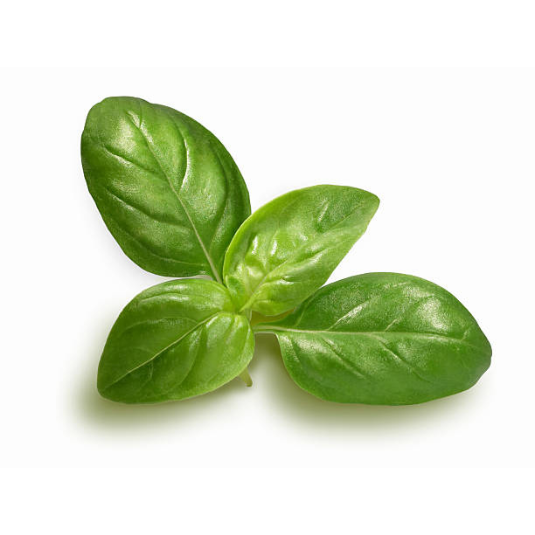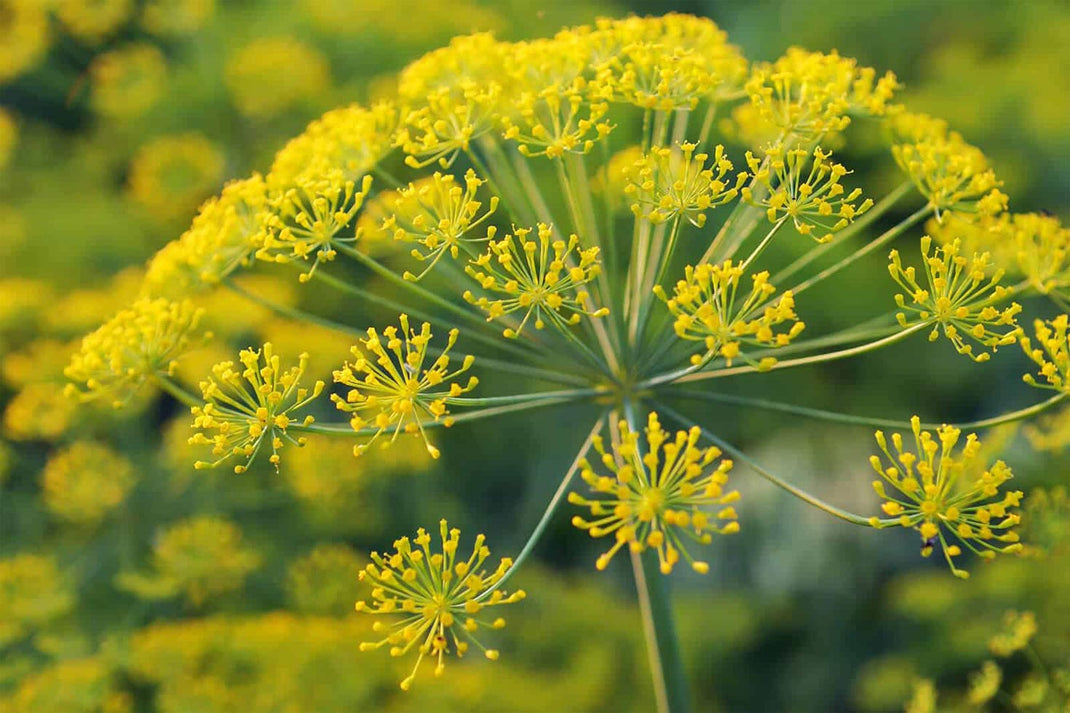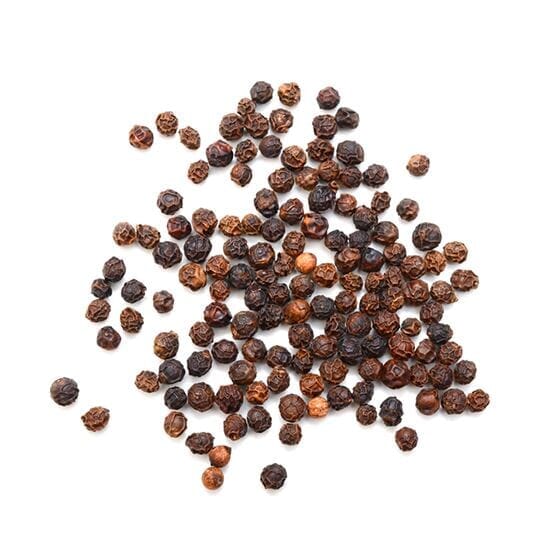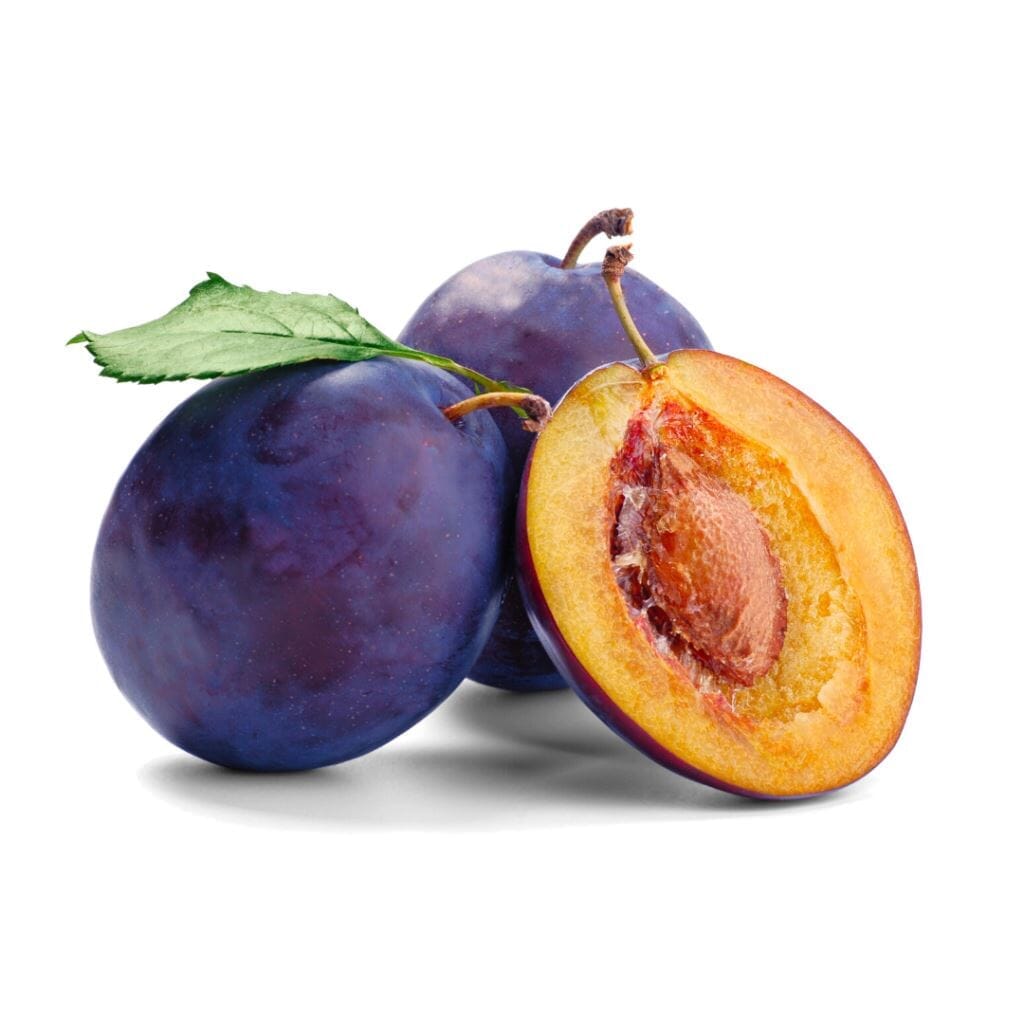Name and etymology of mint
The name "mint" refers to a group of aromatic herbs belonging to the genus Mentha of the Lamiaceae family. The term "mint" is derived from the Latin word "mentha," which comes from the Greek word "minthē."
History of mint
Mint has been used in perfumery for centuries, dating back to ancient civilizations such as the Greeks and Romans. It was preserved in various forms, ground as an herb, or distilled into essential oil. In medieval times, mint was used as a remedy for various ailments and was often added to perfumes to give them a refreshing effect.
During the Renaissance, mint became a prized ingredient in perfumes, captivating hearts with its inimitable allure. Over time, its popularity grew, becoming a timeless symbol of aromatic sophistication.
Origin of mint
Let your senses transport you to the sun-drenched lands of the Mediterranean, home to mint's illustrious origins. Nestled between Europe, North Africa, and Western Asia, mint has its roots in the captivating landscapes of ancient Greece and Egypt. It was in these fertile soils that mint's aromatic prowess first flourished, paving the way for its global preeminence.
How to grow mint
Mint is a hardy herb that thrives in most climates and is easy to grow. It is usually grown from cuttings or seeds and requires moist soil and partial shade. Growing it requires choosing an ideal growing location with adequate sunlight and humidity, and preparing the soil for optimal conditions.
Mint-producing regions
Mint's popularity extends to several regions around the world. The main mint-producing regions are the United States, China, India, and Egypt, where favorable climates and cultivation practices contribute to abundant harvests of this aromatic herb.
Planting
Successfully planting mint begins with a careful examination of the planting site. There are several planting options: sowing mint seeds, transplanting young plants, or dividing existing plants. Spring or early fall is the ideal time for planting.
Development
Mint development involves several stages, each contributing to the plant's growth and vitality. It begins with the germination of mint seeds or the establishment of seedlings or cuttings. When the plant takes root, it begins to produce lush foliage and grows vigorously to produce fresh, fragrant leaves.
The mint harvest
Harvesting mint is all about knowing the right time and technique for harvesting its aromatic leaves. The plant can be harvested two to three times a year, and the leaves are usually picked just before the plant flowers to ensure maximum flavor and aroma.
Processing and transformation of mint
The processing and transformation of mint involves a series of techniques aimed at extracting and preserving its aromatic essence, thus unlocking its full potential for various applications, including perfumery.
Once harvested, mint leaves can be used in a variety of ways. They can be dried and used in herbal teas or crushed to make perfume. Mint perfume can be made through a process called steam distillation, which extracts the essential oils from the mint leaves.
Mint odor profile
Mint has a fresh, clean, and invigorating scent that can range from mild to pungent. Mint is known for its refreshing and invigorating aroma. Mint's flavor profile is characterized by fresh, grassy notes. It has a cooling effect on the senses and can be both calming and stimulating.
Making a mint perfume
Making a mint perfume involves harvesting mint leaves, extracting the essential oil through steam distillation, blending it with complementary base, middle, and top notes, aging the blend for several weeks, conducting quality checks, and finally, bottling and packaging the perfume for distribution.
The benefits and virtues of mint
Mint leaves are used in cooking to add a refreshing flavor to dishes, while its medicinal properties aid digestion, relieve headaches, and freshen breath. Additionally, mint is a common ingredient in oral hygiene products, soaps, and cosmetics, as it provides a cooling sensation and an invigorating scent. Mint is also often used in aromatherapy to promote relaxation and mental clarity.
Uses of mint in perfumery
Mint has long been used in perfumery for its refreshing properties. It adds a unique twist to traditional fragrances, offering a breath of freshness that invigorates the senses. Mint fragrances are increasingly popular among perfume lovers, who are always looking for unique and invigorating scents. Additionally, mint-scented candles and eau de toilette are a refreshing option for infusing your space with a hint of freshness and invigoration.
Olfactory accords with mint
The mint olfactory accord in perfumes is a popular and versatile composition that adds a refreshing and lively element to fragrances. It is often used as a top note, providing an initial burst of invigorating freshness. The dominant olfactory component of an accord is menthol, which provides a characteristic minty, fresh sensation. It is complemented by menthone, pulegone, and other herbal notes that add depth and complexity to the accord.
Additionally, hints of citrus and green nuances, such as limonene, can be incorporated to enhance the overall vibrancy of the minty accord. This scent profile is widely used in various perfume compositions, ranging from aromatic, green, and citrus-based fragrances to more complex and unique fragrance blends.
The well-known mint flavors
There are several well-known mint flavors that have gained popularity among perfume lovers.
• "Mint & Tonic" by Atkinsons: As the name suggests, this fragrance features the refreshing aroma of mint in the top notes, combined with citrus and aromatic notes. Combined with spicy heart notes, this lively and invigorating eau de parfum is reminiscent of a refreshing mint cocktail.
• Creed Green Irish Tweed Fragrance : Green Irish Tweed is a timeless and sophisticated fragrance that captures the essence of the Irish countryside with its blend of fresh green notes, woody nuances and a hint of mint.
• Guerlain Aqua Allegoria-Herba Fresca Eau de Toilette : "Herba Fresca" is a green, aromatic fragrance that aims to capture the essence of freshly picked herbs. It is composed of notes such as fresh mint, green tea, and clover, giving it a refreshing and invigorating character. It is often considered the ideal scent for spring and summer.
• Diptyque's Eau de Minthé fragrance is a modern and vibrant scent that reimagines the classic note of mint. It combines the refreshing essence of mint leaves with notes of geranium, patchouli, and rose, creating a unique and contemporary interpretation of mint that is both refreshing and sophisticated.
Bon Parfumeur mint fragrances
Afterhomework, Eau de Parfum 904 from Bon Partemporel -
It's a striking olfactory immersion that captures the essence of a captivating night. It combines fresh, strongly spicy, and intensely woody notes, reminiscent of iced vodka with tobacco. The fragrance emanates a burning freshness that intertwines juniper berry, cinnamon, peppermint, and patchouli, creating a truly captivating and seductive scent.
Mint Candle 01 : A Symphony of Aromas
With each flame, our Basil, Fig Leaf, and Mint candle transports you to the vibrant gardens of Provence, where the air is filled with the captivating scent of fresh herbs. Close your eyes and imagine the vibrancy of basil and mint, reminiscent of delicious summer meals shared under the sun. The green scent of fig leaves blends with the soft tones of orange, creating a harmonious symphony of fragrances. And just when you thought it couldn't get any better, a gentle breeze of eucalyptus adds a touch of camphor-like freshness to the mix.
The Mint Diffuser 01 : Infuse your space with minty delight
For a continuous burst of minty pleasure, our Mint Diffuser is the perfect choice. Immerse yourself in a sensory experience as the fragrance oil slowly diffuses through the reeds, effortlessly infusing your surroundings with its captivating aroma. The diffuser is a stylish and easy way to create an ambiance that invites relaxation and rejuvenation, allowing you to indulge in the soothing allure of mint day after day.
Your opinion matters! Let us know if you'd like us to explore the possibility of creating a mint-inspired fragrance. Share your thoughts and let us know if this aromatic journey should continue beyond the realm of candles. Your feedback is important, and together, we can shape the future of Bon Parfumeur's fragrance offering.











